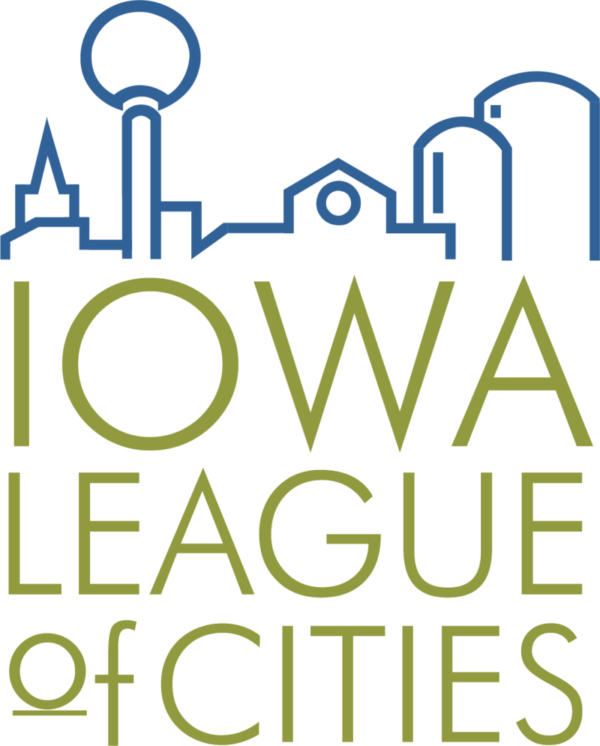Many cities have seen significant increases to their health insurance costs while also receiving citizen requests for additional recreational opportunities. As a result, some are taking action to enhance their wellness plans to improve the health of their workforce and the community.
Implementing a strong wellness program can lead to a positive change for city employees and citizens. A program aimed at improving the wellness of city employees can result in a healthier and more productive staff while potentially reducing health care costs. Cities can also help encourage wellness for the community by creating programs and promoting wellness events for citizens. An important first step is having city officials identify the goals of their wellness program and how they will achieve success. They will then need to determine what the program will look like, how it will be run and what resources it needs, including funding and staff time.
There is a wide variety of wellness programs that cities and other organizations have implemented to improve the health of their employees. They range from big programs with several different parts to smaller programs that might just be one event or are done on a voluntary basis. Each organization should assess its own needs to decide what will work best for them. Some have found that creating a wellness committee, comprised of employees from different parts of the organization, is beneficial to finding the right approach. Cities can also look to their neighbors or health care providers and wellness groups to find examples of what has worked for others.
With a program in mind, city officials should implement it with clearly-defined goals and paths to success. The program should clearly state its purpose and how employees will benefit from participating. It should also list how employees can participate; some cities offer discounts to local gyms and health clubs, others list different exercises and activities that count toward participation. Some cities provide additional benefits to participating in the program (other than improving health, of course), including various rewards and recognition that may act as incentives. Cities can also improve wellness in their employees and citizens by promoting events or joining with another organization to create wellness opportunities.
Wellness programs come in all shapes and sizes. Cities can do something on a smaller, more informal scale, such as inviting employees to walk a couple miles during lunch once a week. Or they can have more comprehensive programs and include various ways to participate while providing incentives for completing activities. Some organizations now have programs that include health risk assessments for their employees and health coaching to help employees make changes to their lifestyle. Others encourage employees to take wellness exams to detect any health issues and hopefully prevent future problems.
It is clear that society on the whole is aware of the need to improve our general health and well-being. There are countless ways to achieve this and city governments can be at the forefront by encouraging wellness in their employees and in their community. Setting goals and identifying ways to have success can get a city started on a path to a healthier community.
Wellness Programs
Updated on October 11, 2021
Posted on June 29, 2017
Latest Resources
Our resources are continually updated, here's some of the newest resources.

Open Meetings Requirements for Governmental Bodies A law adopted in the 2025 legislative session set a…

Keeping track of the due dates, reports and filings can be a lot. The League has…

Senate File 2442 (SF 2442) was passed by the Iowa Legislature in 2024. It made changes…



